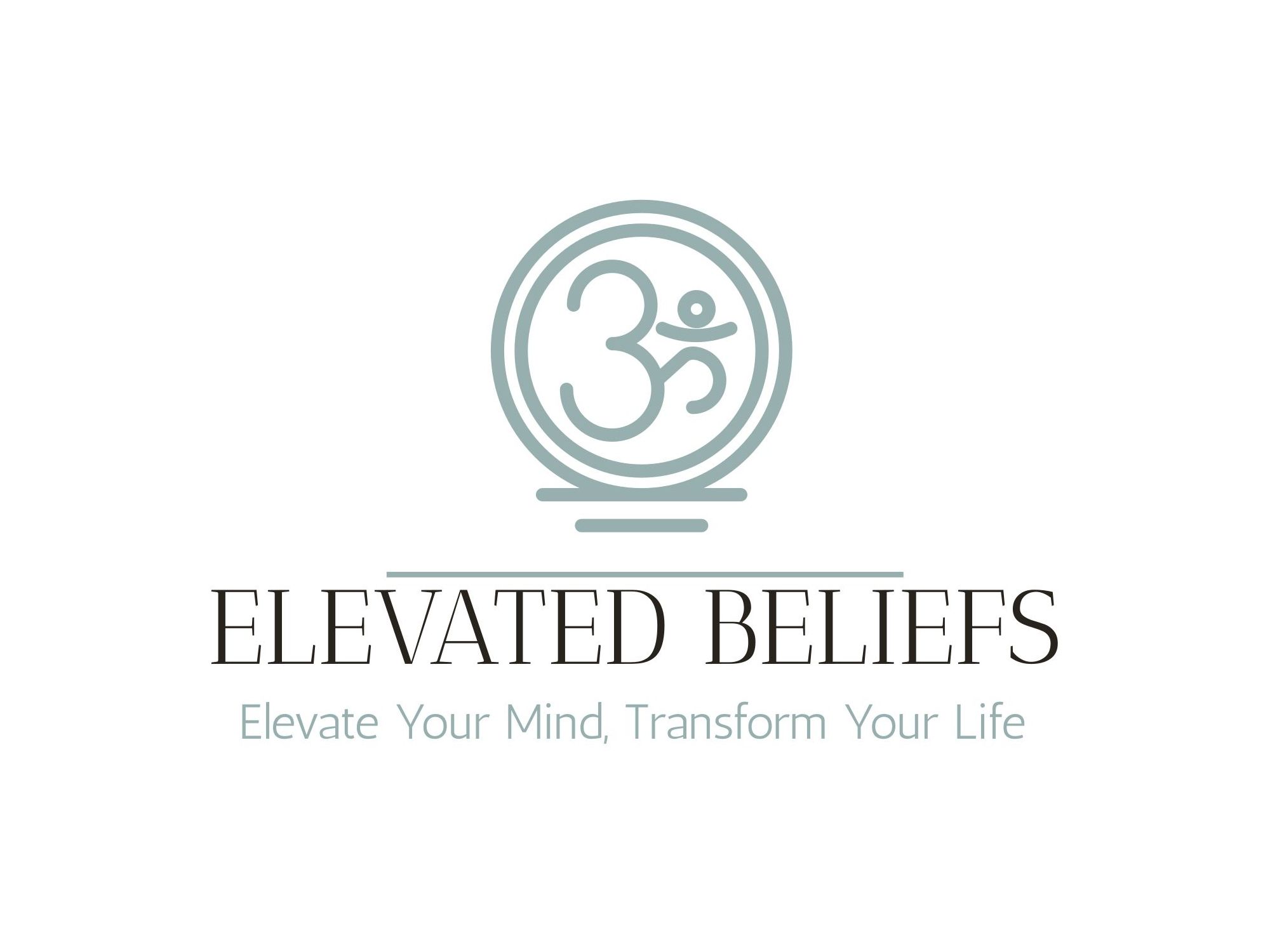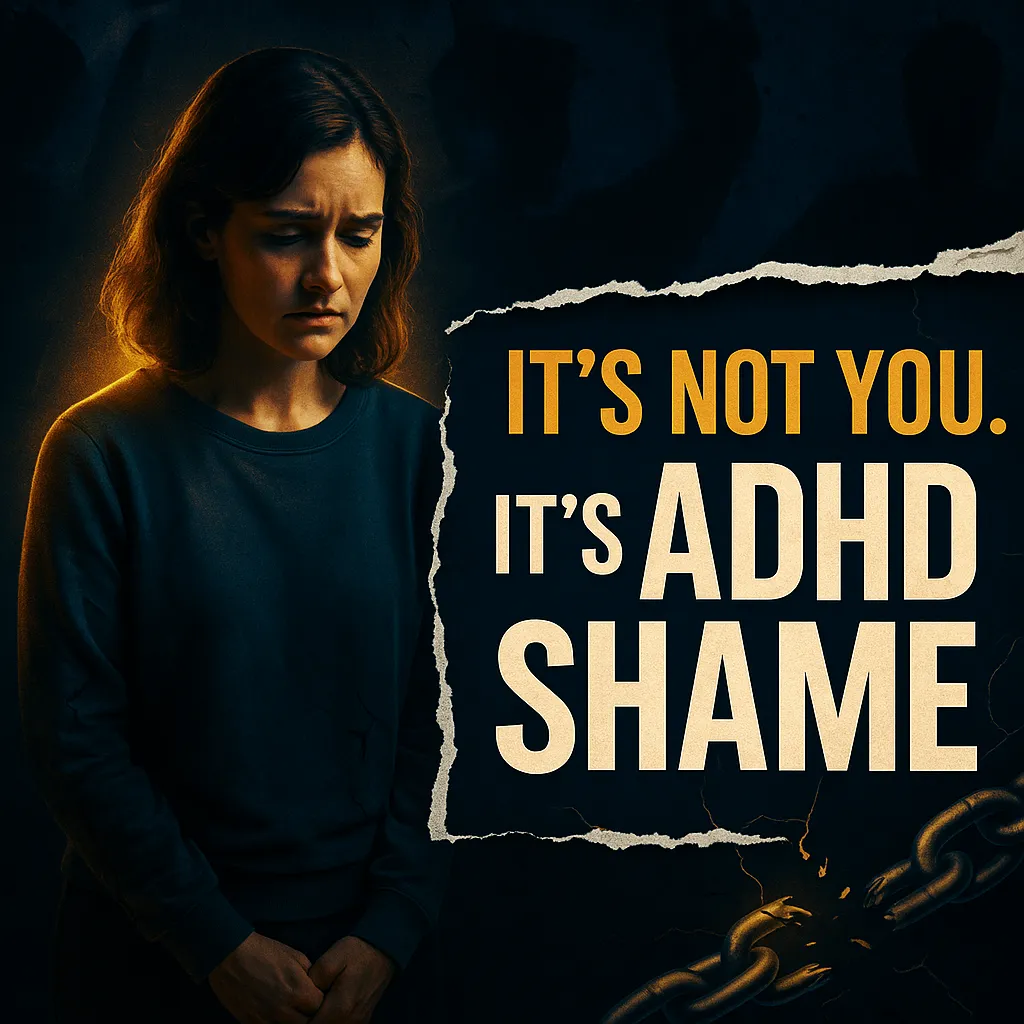Have you ever felt like no matter how hard you try, you're still too much for everyone — and not enough for yourself?
Like you're broken, lazy, or constantly letting people down, and you have no idea why?
What if I told you... it's not you?
It's ADHD shame — and it could be quietly sabotaging your entire life without you even realizing it.
Hi, I'm Karen McGee, an RTT Hypnotherapist, and today we're diving into this powerful topic.
What Is ADHD Shame?
ADHD shame isn't just an emotion — it's neurological.
It hijacks the very parts of your brain already struggling with ADHD, like focus, emotional regulation, and impulse control.
When shame takes over, you spiral. You overthink. You panic. You disconnect.
And then... you shut down.
It's isolating, exhausting, and deeply misunderstood.
Common Signs of ADHD Shame
You react the way people expect you to, not how you actually feel.
You stay quiet, afraid to say the wrong thing.
You take everything personally and either lash out or disappear when criticized.
You feel terrible for being late, missing calls, or not functioning "normally."
This isn't just stress. It's shame running on autopilot.
Why ADHD Shame Hits Harder
Imagine your nervous system as a road.
For most people, it's a multi-lane highway. They can handle life's bumps without too much disruption.
But for someone with ADHD, that road is narrow and winding.
One mistake, one trigger — and it's a full-blown traffic jam.
Your window of tolerance — the mental space where you can function and feel safe — is much smaller.
And when shame crashes into it, it shuts down entirely.
How We Cope (and Why It Backfires)
To survive, many of us mask our ADHD symptoms with perfectionism.
We hustle, overachieve, and try to "earn" our worth by being perfect.
But perfectionism isn't growth — it's self-protection.
Every time you put on the mask, you drift further from your authentic self.
How to Break the Cycle of ADHD Shame
Let's keep this simple:
1. Shift the Narrative
Replace "I am a failure" with "I made a mistake."
One moment does not define you.
Ask yourself: Would I say this to someone I love?
If not, it doesn't belong in your self-talk either.
2. Question the Standards
Write down your thoughts and check where your expectations come from.
Were they planted by shame, or are they truly realistic?
Most of the time, we’re chasing impossible standards we never chose for ourselves.
3. Let It Out
Shame thrives in silence.
Speak it. Share it.
Healing begins when we connect with others and realize we are not alone.
The Secret Ingredient to Healing: Vulnerability
Vulnerability isn't weakness — it's courage.
It's saying no when you want to people-please.
It's asking for help when you need it.
It's letting yourself be seen — by the people who've earned the right to see you.
You don't have to prove your worth.
You don't have to be perfect to deserve happiness.
You just have to be human.
Final Thoughts
If this resonated with you, know this:
You are not broken.
You are not lazy.
You are not a failure.
You are wired differently — and that difference is powerful.
Let’s keep healing together.
Feel free to comment below and share what resonated the most with you.
And if you want more ADHD-friendly strategies and emotional healing tools, subscribe or follow for future posts and videos.
Remember: Being human is more than enough.
Thank you for being here. 💛

